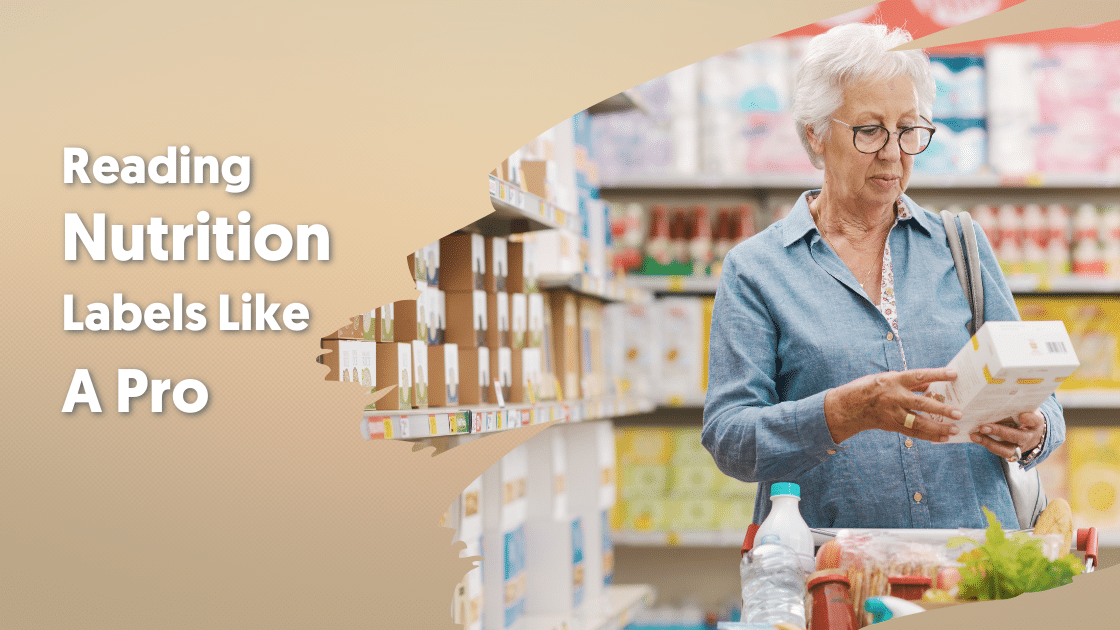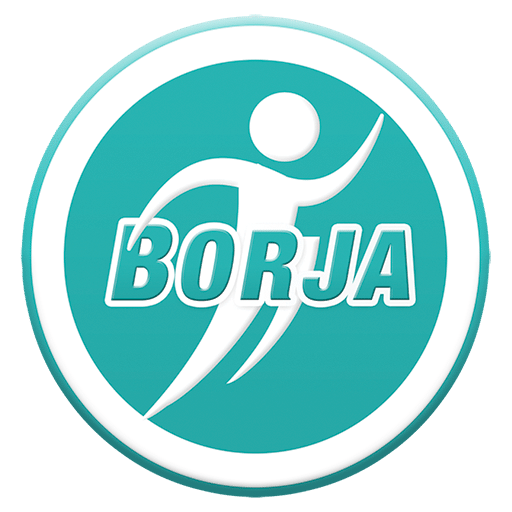Reading Nutrition Facts labels is important to truly understand the food you are putting into your body. The following label-building skill is reading nutrition labels 101. Learn how to make quick, informed food choices in your healthy lifestyle journey.

Serving Size
First, look at the serving size and number of servings section of the nutrition label. These serving sizes are listed in standard measurements to make it easier to compare foods. The label shows different units, like the number of pieces or cups. It also shows the serving size weight, such as the number of grams or ounces.
Pay close attention to the number of servings in the package. You’re probably eating more than one serving!
For instance, a box of macaroni and cheese typically contains 2 servings. However, the nutrition label shows single-serving values. Eating the entire box means you not only double the number of calories but the other nutrients and daily values as well.
Caloric Value
The caloric value section tells you how many calories are in each serving. Calories are a measure of energy. You get different amounts of energy from fat, protein, and carbs. Carbs and protein supply less than half of the calories per gram as fat.
Your body needs calories to function. Moreover, consuming too few or too many calories can lead to health problems. You want to make sure you’re getting the right amount of calories from the right mixture of foods. Because fat provides more calories, some people try to limit them.
As a reminder, the number of servings you eat affects the number of calories.
Nutrients & Daily Values
The “Nutrients & Daily Values” section lists the key nutrients that impact your health. It lists the amounts of total fat, saturated fat, trans fat, cholesterol, sodium, total carbohydrate, dietary fiber, sugars, and protein in each serving.
On the right side of the nutrients are the Daily Values, listed as a percentage. This tells you how close you are to meeting your daily requirements for each nutrient.
The Daily Value numbers are based on a typical 2000-calorie-a-day diet. They’re used as a guideline to see if you’re getting too little or too much of all the nutrients you need in a day.
Nutrients To Increase
The final section is the nutrients that most people don’t get enough of in their everyday diet. These nutrients include fiber, vitamin D, calcium, iron, and potassium. They are important in improving health and reducing the risk of certain diseases.
For example, getting enough calcium in your diet may reduce the risk of osteoporosis, a condition that affects your bones. Reading different labels will show that many non-dairy sources are high in calcium, making it easier to reach your daily goals.
Using the Nutrition Facts label can help guide you with nutrients that you want to cut back on, but also to increase those nutrients you need to consume in greater amounts. It can also play an important role when comparing similar products, such as identifying sneaky sources of sugar. Understanding this information will quickly become the foundation for your healthy lifestyle journey and beyond!



